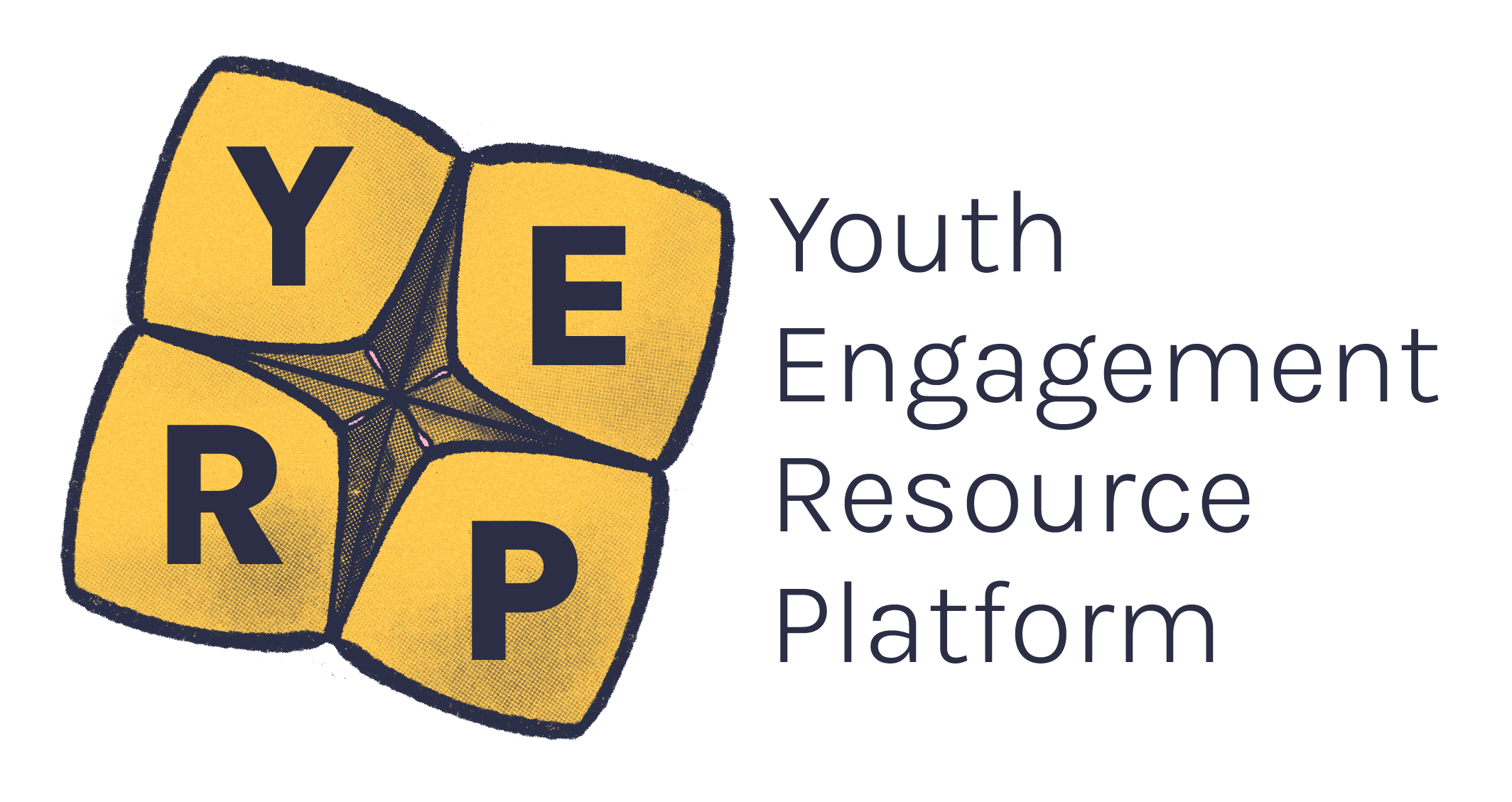It’s a scary and overwhelming time when disasters hit, so making sure evacuation spaces are youth friendly is a real must! These spaces are there to support people during very stressful times and keep them safe with the resources they need.
Evacuation centres are usually set up and operated by local governments (councils) as part of their broader emergency management response in times of crisis.
They will have standard operating procedures that inform how processes need to happen. It's always worth knowing in advance who the team or department is that have this responsibility and ask how you can assist to ensure the space is welcoming, safe and appropriate for young people.
There are some great resources designed to assist with setting up evacuation spaces, check them out:
- Australian Disaster Resilience Knowledge Hub – Evacuation Planning Resources
- Emergency Management Victoria – Standard Operating Procedures
If young people are present at an evacuation centre, there should be child safe practices in place.
Australia has National Principles for Child Safe Organisations that set out a national approach to promoting a culture of child safety and wellbeing within organisations. There are also Child Safe Standards for Victoria.
- All staff and emergency service workers should have valid Working with Children Checks (WWCC) and Police Checks.
- All staff and providers including external contractors should have received child safe training if they are going to have contact with young people or work where young people under 18 are present.
- Ensure there is a process to record WWCC details for staff, volunteers and contractors working and suppling services in the evacuation space.
- Child Safety Officers, staff and volunteers should be easily identifiable and accessible at all times.
- All staff and volunteers know how to raise or report a concern for the safety or wellbeing of a child or young person.1
- All staff and volunteers know how to raise concerns and report any people who are displaying potentially suspicious or unsafe behaviour.1
- There is a code of conduct easily accessible for people to read through.1
- Reporting mechanisms for concerns about a child/young person or an adult are clear to everyone in the child friendly space and evacuation centres.1
- Ensure there is a process for recording the details and access requirements for any children and young people who are unaccompanied at an evacuation centre and ensure their access needs are being met.
A dedicated space for young people means they can be away from the chaos and any triggering conversations that are happening.
For example, if parents are stressing over their homes or insurance claims, young people have a place to go to be removed from those conversations until it’s necessary for them to be involved.
A dedicated space also means they are around their peers and people who are similar in age so the vibe can feel a bit more relatable.
Evacuation centres must be accessible for everyone. Some considerations for access needs include:
- Ramps, wide doorways, hallways, walkways and spaces such as toilets
- Low benchtops and tables
- Have options for softer toned lighting and dimming, avoid flashing lights
- Have water and food available for service animals
- Have spare laptops or notepads for people to use for different styles of communication and establish a space to charge multiple devices
- Limit fragrances and chemicals
An important part of access to consider is dignity of access. This ensures that spaces aren’t just accessible for disabled people, but that they’re treated with the same dignity as able-bodied people.
For example, if the evacuation wheelchair ramp is around the back of a centre by the bins, the person using the ramp is not being awarded the same rights and dignity as those who are able to walk up the stairs at the front of the centre away from rubbish and the storeroom.
The evacuation centre should provide a safe space where all people feel included and supported:
- Ensure toilets are gender neutral.
- Have pronoun badges for people to use. You can reach out to LGBTIQA+ organisations to see if they can donate any to the centre.
- Consider whether the language around the evacuation centre (on posters, in meetings) contains jargon, technical terms or acronyms that might be hard to understand or could exclude others.2
- Be aware of the diversity within the group of young people present
- Don’t make assumptions about groups, communities or individuals
- Make it clear through announcements that terms or expressions that could reflect prejudiced, stereotyped, or discriminatory views of a group of people are not allowed in the centre.2
- Many young people from refugee and migrant communities play a significant role in communicating key information and updates to their family. Make sure they have the opportunity to clarify anything they may not understand and that they’re able to pass that information on.
Centres should aim to have a calm atmosphere and make everyone feel supported and comfortable.
Some tips:
- Offer different types of seating, i.e. bean bags, couches
- Have different types of lighting available. Warm, soft lighting can be more accessible to some young people but it also gives a space a softer and more inviting ‘feel’
- Keep morale high buy offering fun activities (we’ve given some examples in the next section)
Activities are a great way to keep young people’s morale high and distract them from the stressors of the disaster. Some ideas for activities include:
- Games: card games like monopoly deal or uno, board games, decks of cards, colouring books, puzzle books
- Fidget toys (these are especially good for neurodivergent young people)
- Sing-a-longs: a sing-a-long is a great way to lift people’s spirits and get people smiling
- Mindfulness activities to help with stress and anxiety. This can be simple breathwork with calming music in the background (Spotify has great playlists and podcasts).
- Have a Bluetooth speaker available so young people can play music
Evacuation centres will always provide the basics of care but think about providing the following:
- Dental packs: toothbrush, toothpaste, mouth wash, floss
- Period packs: pads, tampons, cups, Panadol, heat packs
- Snacks
- Charging stations
- Power cords for different types of phones
- Clothing
- Condoms
- Hydration kits
- Wet wipes
An access key is a document that outlines what will happen at an event and lets people know about access inside the venue, outside the venue and how to get there. In this situation, an access key will give people important information about the evacuation centre, where it is and how to get there and other relevant information.
To prepare for disasters, you could:
- Post the access key on the local council's social media and website
- Pin the access key to local noticeboards and post it in online community groups
- Ask local shops and businesses to put the access key in their windows
- Keep copies of the access key in buildings such as libraries, schools and arts centres
Prioritise ensuring young people who aren't with their family can be reunited as soon as possible. Separation often occurs due to the nature of the disaster or because parents have had to deal with pressing events outside the evacuation centre.1
These young people are particularly vulnerable so make sure they feel supported and have access to everything they need.
In the event that the evacuation centre needs to be evacuated, all diagrams, drills and assembly areas should be clearly defined and written in plain language or Easy English, so they are accessible for everyone.
We recommend engaging with Scope for training on how to make documents and diagrams accessible.
There are a few things to keep in mind about the media
- Young people's experiences are often exploited
- Misinformation and disinformation are serious issues
- News about disasters can be triggering
Young people's experiences are often exploited
Media will often exploit young people’s experiences for a story. If you’re engaged with a young person, and they have been approached by the media, remember the following:
- Ensure the young person is supported and has all the information they need to make an informed decision on whether or not to be interviewed.
- Ensure the young person has given their consent for photographs or quotes to be used. If they have not given consent, this needs to be communicated to the media.
- Ask the media person to read through a trauma informed language guide, prior to the interview taking place.
Misinformation and disinformation
These issues are becoming more and more common, particularly on social media which is where a lot of young people seek their information.
Consider setting up a social media delegate for the center so people can receive accurate information when they need it.
Triggering news
- Consider limiting the 'news times' to well communicated times of day so young people can determine their own exposure.
- Have a separate room with a tv that young people can access if they don’t want to watch the news.
- Erwin, E, Davie, S, Stuart, M, Williams, F. (n.d). Child Friendly Spaces: protecting and supporting children in emergency response and recovery. Australian Institute for Disaster Resilience. https://knowledge.aidr.org.au/resources/ajem-jan-2014-child-friendly-spaces-protecting-and-supporting-children-in-emergency-response-and-recovery/
- Minus 18. (n.d). LGBTIQ Inclusive Language Guide. https://res.cloudinary.com/minus18/image/upload/v1585712745/LBGTIQ-Inclusive-Language-Guide_bqdbiv.pdf





